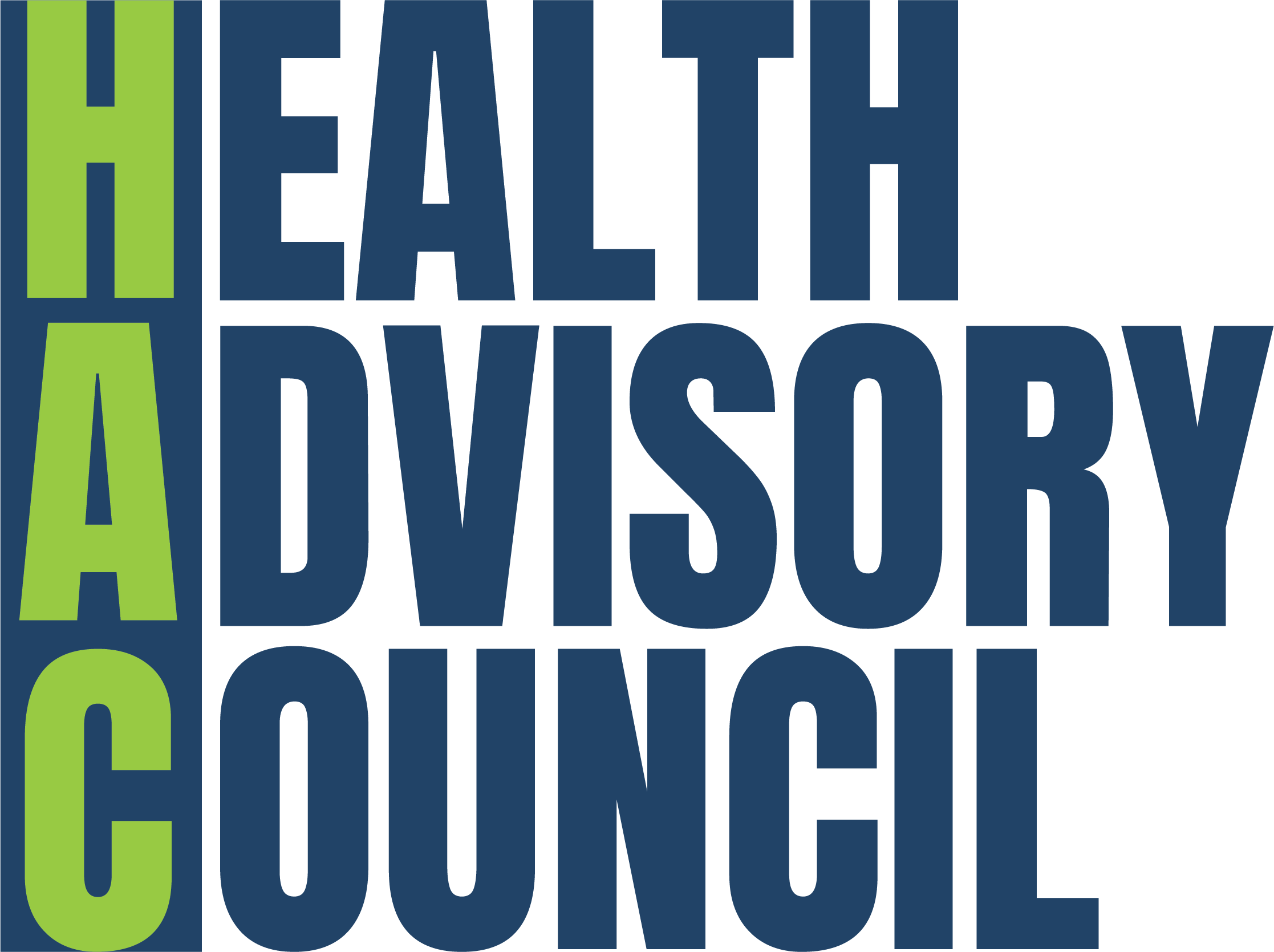Will Obama’s cybersecurity plan help consumers? – National Consumers League

It seems appropriate that the Obama Administration chose Safer Internet Day to announce its new *Cybersecurity National Action Plan (CNAP). At a time when massive data breaches continue to be the norm, rather than the exception, it is heartening to see the President take comprehensive action to address ongoing threats to consumers’ data. So, what are some of the highlights of the CNAP? Will it help consumers getting pummeled by data breaches?
Let’s take a look…
Establishing a “*Commission on Enhancing National Cybersecurity”
Bringing together cybersecurity experts to talk shop and recommend solutions is rarely a bad idea. Importantly, the CNAP is charged with delivering a report of its findings and recommendations to the President on December 1, 2016, which should make for interesting reading by data security geeks like yours truly. The CNAP calls for the Commission to be made up of “top strategic, business, and technical thinkers from outside of Government.” Within the Executive Order itself, the Commission membership qualifications are spelled out in greater detail as “those with knowledge about or experience in cybersecurity, the digital economy, national security and law enforcement, corporate governance, risk management, information technology (IT), privacy, identity management, Internet governance and standards, government administration, digital and social media, communications, or any other area determined by the President to be of value to the Commission.”
Notice something missing there? If you said “consumers,” give yourself a gold star. All too often, the job of protecting consumers’ data is punted on to the backs of consumers themselves. While doing things like enabling two-factor authentication, using good digital hygiene, and paying attention to credit reports is never a bad idea, it can’t be the only solution. The companies and agencies that collect and use consumers’ data must have real skin in the game when it comes to protecting that information. We hope that the new Commission will take a look at the role that data security standards, strong data breach notification requirements, and cyber insurance can play in strengthening data protections.
Empowering Americans to secure their online accounts
At NCL, we’re big fans of the great work the National Cyber Security Alliance is doing to arm consumers and businesses with the tools to enhance their own data security. By embracing two-factor authentication, the Administration is putting its imprimatur on a common-sense data security tool that all consumers should be using whenever possible. Kudos, too, for looking at ways for federal agencies to practice what they preach by looking for ways to implement stronger authentication methods and reduce the use of Social Security Numbers as an identifier for citizens. (P.S. If you use Google services and need some extra incentive to up your security game, our colleagues at Google are offering two free gigabytes of Google Drive storage to anyone who completes their Security Checkup).
Investing $19 billion+ for cybersecurity as part of the President’s Fiscal Year (FY) 2017 Budget
This is the part of the CNAP that’s getting the most press and, frankly, will probably be the toughest part of the plan to get over the finish line, given election year politics in Washington. However, given the cybersecurity skills gap, it’s heartening to see the President’s budget proposing a package of student loan forgiveness, increased cybersecurity hiring, small business training, and technology modernization initiatives. Last year’s OPM data breach made the consequences of relying on out-of-date technology painfully clear. And for goodness sakes, it’s time for every federal agency to get off Windows XP, already!
There’s lots more to dig into in the CNAP, but overall, it’s got a lot to like from a consumer point of view. As the Plan correctly recognizes, “there is no silver bullet to fully guarantee our data security.” The fight for better data security is going to take lots of hands, and we applaud the President for proposing ways for us all to get in the trenches.
*Links are no longer active as the original sources have removed the content, sometimes due to federal website changes or restructurings















